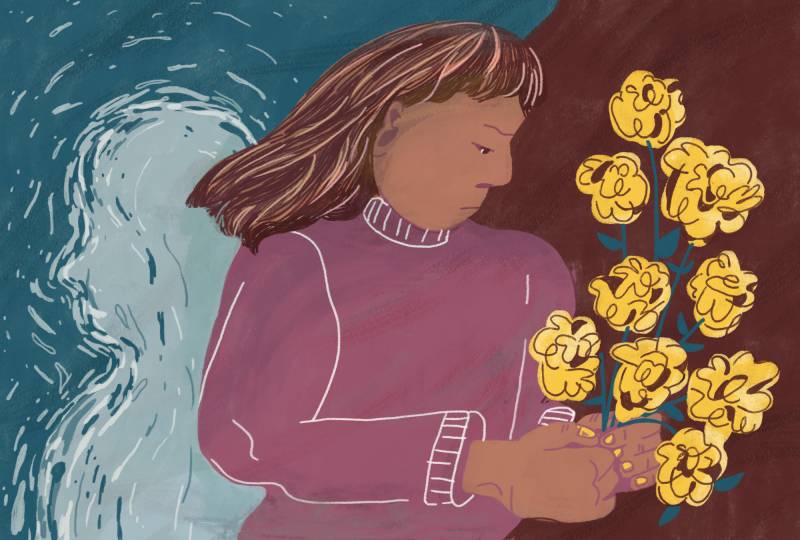On Dec. 20, as many Bay Area families prepared to celebrate an unusual pandemic Christmas, Maribel Alvarado’s family confronted some shocking news. The vibrant 38-year-old had died suddenly from COVID-19 that day, at a Kaiser Hospital in San Jose.
Alvarado had started feeling symptoms less than a week before, and her doctor had recommended bed rest, said her sister Carmen Bueno. Alvarado didn’t have any other illnesses or high-risk medical conditions.
“She was perfectly healthy. So I’m just confused and wondering why she didn’t survive,” said Bueno, 41. “It seemed like overnight. She wasn’t getting any better, and on Dec. 20, she was found kind of unresponsive by her daughter. And then she was taken to the hospital and she passed away.”

Alvarado was a single mother, and she left behind a 15-year-old daughter, and four nieces and nephews, ages 8 to 17, for whom she was a legal guardian. She worked as an accountant, and she was the main breadwinner of her household in South San Jose, which also included two of her brothers, whom she had recently taken in to “help them get back on their feet,” said Bueno.
“She helped pretty much anybody that she could,” she said, her voice breaking. “We just miss her a lot.”
The majority of people who have died of COVID-19 were seniors ages 65 or older. But thousands of families in California are also grieving loved ones who died during their prime working years, often while caring for young children. Nowhere is that loss more evident than in the state’s Latino communities.
In Santa Clara County, more than half of the people under age 65 who died of the coronavirus were Latino, even though Latinos make up only a quarter of the population in that age group. That’s according to an analysis of county records from Jan. 1, 2020, to March 2, 2021, conducted by KQED and the Documenting COVID-19 project at Columbia University's Brown Institute for Media Innovation.
